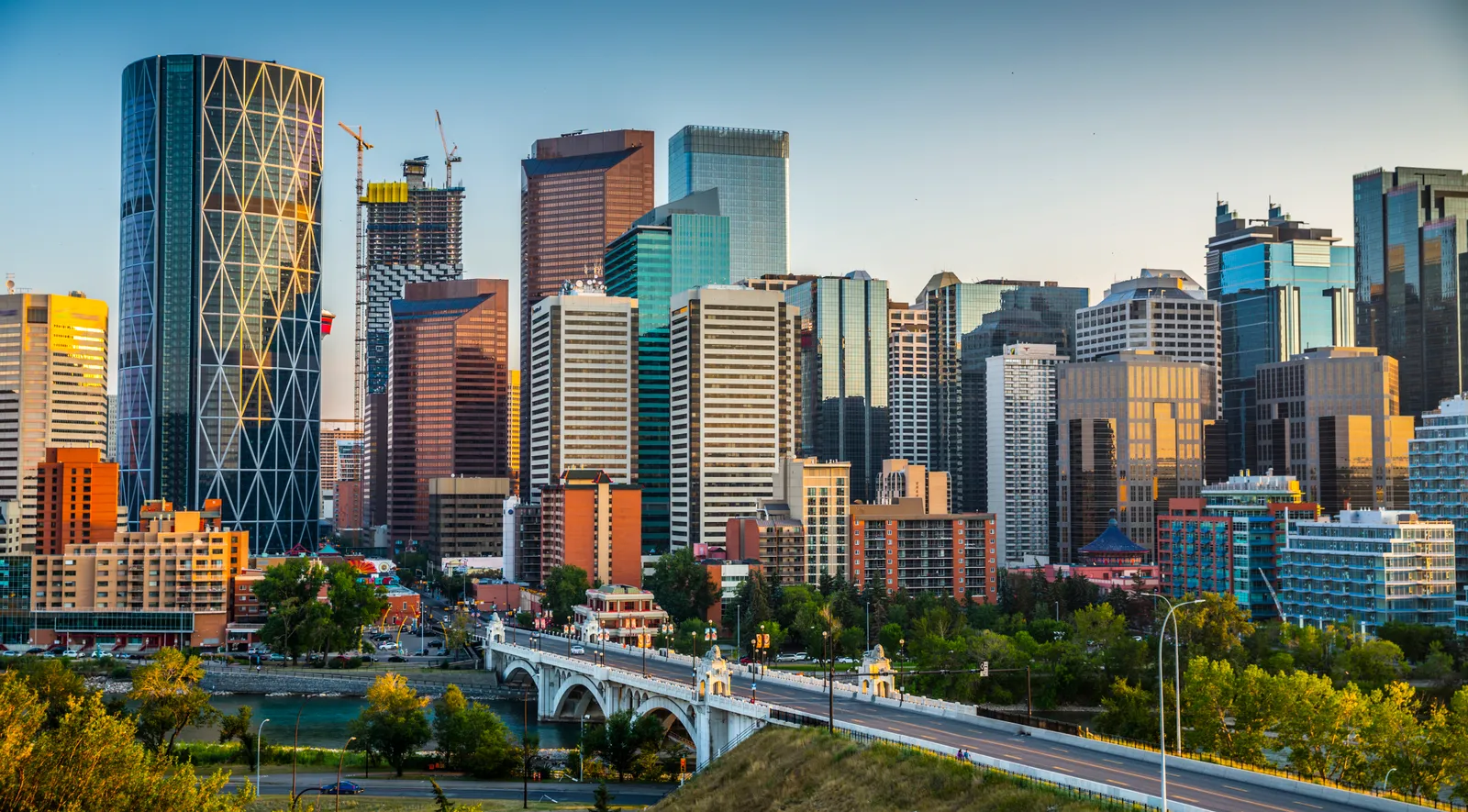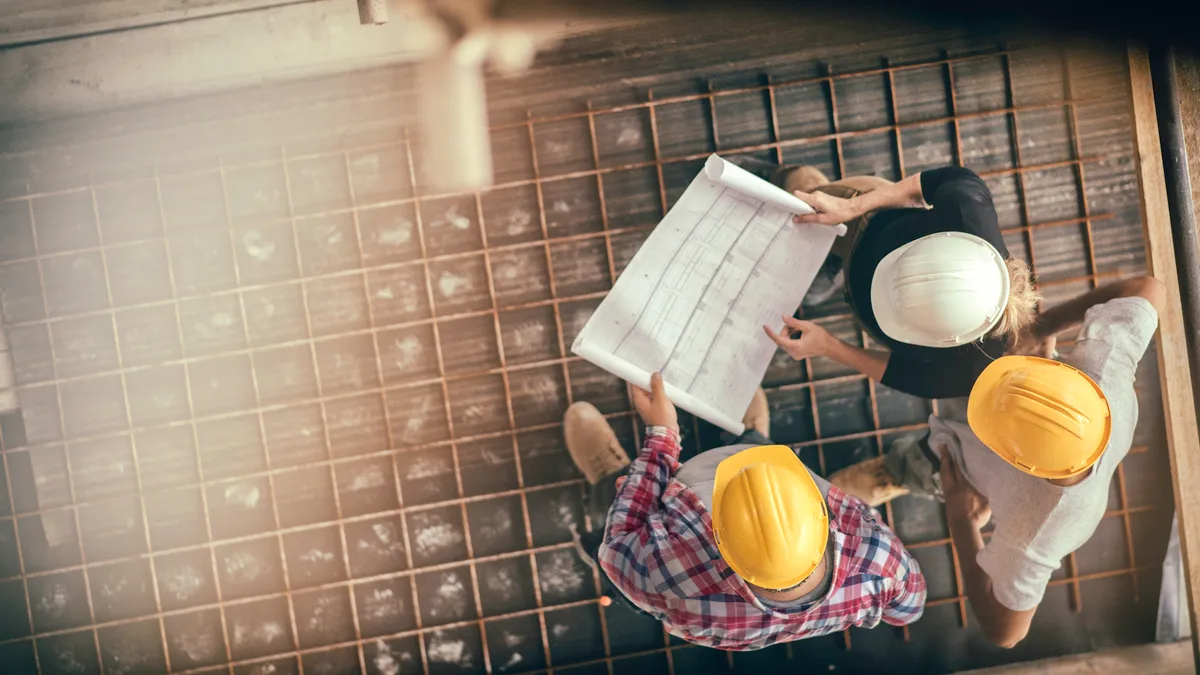Extreme weather is taking a toll on communities across the country in the form of fire, wind, flooding and power outages. And it’s getting more expensive to weather the storm, with property damage and economic losses climbing into the billions following major storms like Sandy and Ian. While frequent and intense natural disasters are becoming a fact of life all over the US, the way that a city responds to them is entirely in its control.
Though it can be tempting to focus on the here and now, responding only to necessary maintenance and repairs, investment in a resilient future can bring tremendous value to a city. The best city resiliency plans blend short- and long-term solutions to increase readiness immediately while laying the foundation for innovation and financial stability. With the right leadership, any community can build a plan that bridges emergency preparedness and resilience with energy savings that bring a net-positive impact to the city budget.
What does the city of the future need to weather the storm?

Big picture, effective extreme weather resiliency plans should work to ensure a city’s residents remain safe and healthy for many generations to come. Achieving this ambitious goal requires aggressive action to electrify city infrastructure, a disaster preparedness strategy, and investment in self-sustaining clean technologies like solar energy and municipal scale microgrids.
To take the first step, community leaders should take a comprehensive inventory of how their power, water and emergency services can better interact to mitigate risk. While every community will have unique needs, these key, cross-departmental strategies are a good starting point to minimize extreme weather risk:
- Create budget stability via reduced energy and operational expenses
- Modernize local power supply for grid stability
- Address water infrastructure and wastewater treatment
- Electrify city fleets, sanitation, and transportation services
- Improve emergency shelter readiness
- Make community buildings more efficient and self-sustaining
- Improve indoor air quality to protect the health of employees and the community
- Expand sustainability leadership and create local green jobs
- Prioritize funding for urgent deferred maintenance needs
Together, these improvements will ensure reliable power and access to critical city services, such as emergency cooling centers and sanitation, even during an extended power outage or fuel shortage.
Funding avenues for extreme weather resiliency upgrades
With tight budgets and competing funding priorities, how can the city of the future pay for much needed resiliency upgrades — without taking money from community programs or increasing taxes and fees?
Modernized buildings: Retrofitted LED lighting, updated building envelope and insulation, smart building automation, and HVAC renovations ensure that city facilities use energy as efficiently as possible, thereby reducing costs and emissions. Modernized facilities are also much easier to operate and maintain, freeing up resources for preventative maintenance and planning.
Resilient power: Solar PV panels installed on rooftops and car ports provide affordable, clean energy that drives savings, which can be poured into other resilient investments. Solar power, battery storage, a backup generator, and the EV fleet combine to form a microgrid that ensures the city can continue reliable operation for up to 14 days even if there is a power grid failure.
Sustainable infrastructure: Investments in resilient infrastructure can be foundational for local governments to also address sustainability, decarbonization and low-carbon growth. It all starts with energy management. Cities can make big strides by reducing energy consumption through sweeping modernization and replacing carbon-intensive energy sources.
From the ARP to the IRA, there is significant funding available for local governments, and infrastructure improvement projects are good candidates for multiple outside funding types. For example, the new ITC provisions laid out in the Inflation Reduction Act offer direct cash payments to tax-exempt entities who embrace clean technologies like distributed energy generation, battery storage and microgrids. Considering a wide range of funding streams early in the design and engineering process will ensure your community gets every dollar available.
Energy Savings Companies (ESCOs) are experts in all these areas and can identify the specific facility improvements and energy efficiency solutions that can save money for your city. ESCOs can also be great resources to help identify and secure outside funding streams.
Start your city’s transformation into the city of the future

The need for cities to address resiliency is crucial. The good news is that resilient infrastructure will protect a city’s residents, while also modernizing buildings, cutting energy usage and boosting sustainability. The city of the future can start right now thanks to historic funding opportunities.
Schneider Electric is the #1 ranked ESCO and has seen firsthand that boosting resilience requires a proactive leadership team, the right partner, and willingness to invest in the community’s future. Learn how municipalities of all sizes are making resilient, sustainable changes for the future in the eBook, Built to Last: A Sustainable Infrastructure Primer for Local Governments.










